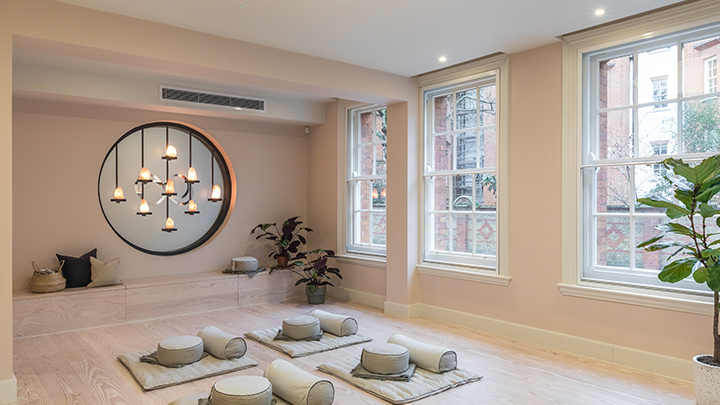Introduction
Biophilic design is an innovative approach to creating healthier and more sustainable living spaces by incorporating elements of nature into the built environment. This design philosophy acknowledges the innate human connection to nature and aims to enhance our well-being by bringing natural elements indoors.
In this blog post, we will explore the concept of biophilic design and its numerous benefits for our physical and mental health. We will also discuss practical ways to incorporate nature into our homes and workplaces, fostering a greater sense of calm, productivity, and overall well-being.
What is Biophilic Design?
Biophilic design is an innovative approach to architecture and interior design that seeks to reconnect humans with the natural environment. It acknowledges the innate human need to be surrounded by nature and incorporates natural elements into built spaces, ultimately enhancing overall well-being and improving the quality of life.
The Benefits of Biophilic Design
The incorporation of nature into our living spaces can have a profound impact on our physical and mental health. Here are some key benefits of biophilic design:
1. Stress Reduction
Spending time in nature has been proven to reduce stress levels, and biophilic design aims to replicate this effect indoors. Natural elements such as plants, water features, and natural light can create a soothing environment that promotes relaxation and reduces anxiety.
2. Improved Air Quality
Indoor air quality is a significant concern in today’s world, with pollution and toxins present in many built environments. Biophilic design incorporates natural ventilation systems and the use of plants that act as natural air purifiers, improving the overall air quality and promoting better respiratory health.
3. Increased Productivity
Biophilic design has been shown to boost productivity and creativity. By introducing natural elements into workspaces, such as views of greenery, natural light, and materials reminiscent of nature, employees are more likely to feel inspired and motivated, leading to enhanced performance.
4. Enhanced Cognitive Function
Exposure to nature has been linked to improved cognitive function and concentration. Incorporating biophilic design elements, such as biophilic patterns and textures, can stimulate our brains and promote better focus, memory retention, and overall mental clarity.
5. Faster Healing and Recovery
Studies have shown that patients in healthcare facilities with access to nature or nature-inspired design elements tend to heal faster and experience shorter recovery times. Biophilic design in healthcare environments can promote a sense of calm and well-being, ultimately aiding the healing process.
Implementing Biophilic Design
There are various ways to incorporate nature into our living spaces. Here are a few ideas:
1. Green Walls and Vertical Gardens
Installing green walls or vertical gardens can add a touch of nature to any indoor space. These living walls not only provide an aesthetic appeal but also improve air quality by absorbing pollutants and releasing oxygen.
2. Natural Light
Maximizing natural light in our living environments is essential for our well-being. Large windows, skylights, and light wells allow for increased sunlight, reducing the need for artificial lighting and creating a connection to the outside world.
3. Indoor Plants
Introducing a variety of indoor plants not only adds beauty but also improves air quality by filtering out toxins and releasing oxygen. Incorporating different sizes, shapes, and colors of plants can create a vibrant and natural atmosphere.
4. Natural Materials
Using natural materials such as wood, stone, and bamboo can bring an earthy and organic feel to our living spaces. These materials not only add warmth and texture but also contribute to a more sustainable and eco-friendly design.
5. Water Features
Water features, such as indoor fountains or aquariums, can create a calming effect and mimic the soothing sounds of nature. The presence of water can help reduce stress and promote relaxation.
Summary:
Biophilic design is gaining popularity as people recognize the positive impact of nature on their well-being. By integrating natural elements such as plants, natural light, water features, and natural materials into our living spaces, we can experience reduced stress levels, improved cognitive function, and increased productivity. This design approach also promotes sustainability and environmental consciousness by encouraging the use of renewable resources and reducing energy consumption.

Throughout this blog post, we will delve into the various principles and strategies of biophilic design, providing practical tips and inspiring examples to help you incorporate nature into your sur why not find out more roundings. By embracing biophilic design, you can create a more harmonious and healthier living environment that nurtures both your body and mind.

Welcome to my website! My name is Charles Welsh, and I am a professional Carpet Restoration Specialist. With years of experience in the industry, I have developed a deep passion for all things related to carpet cleaning essentials, color influence, home decor & styling, and health & wellness. Read More

